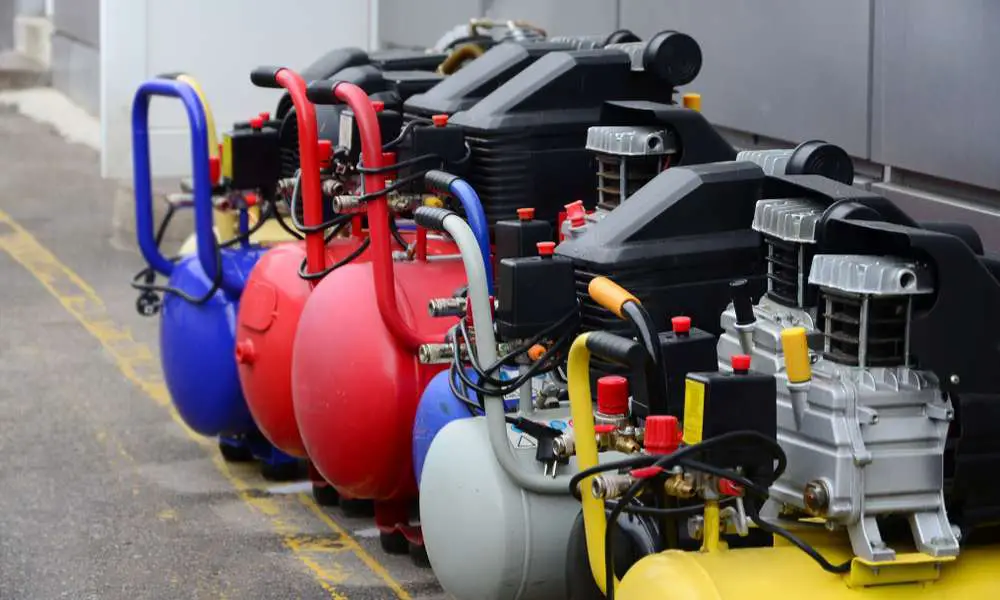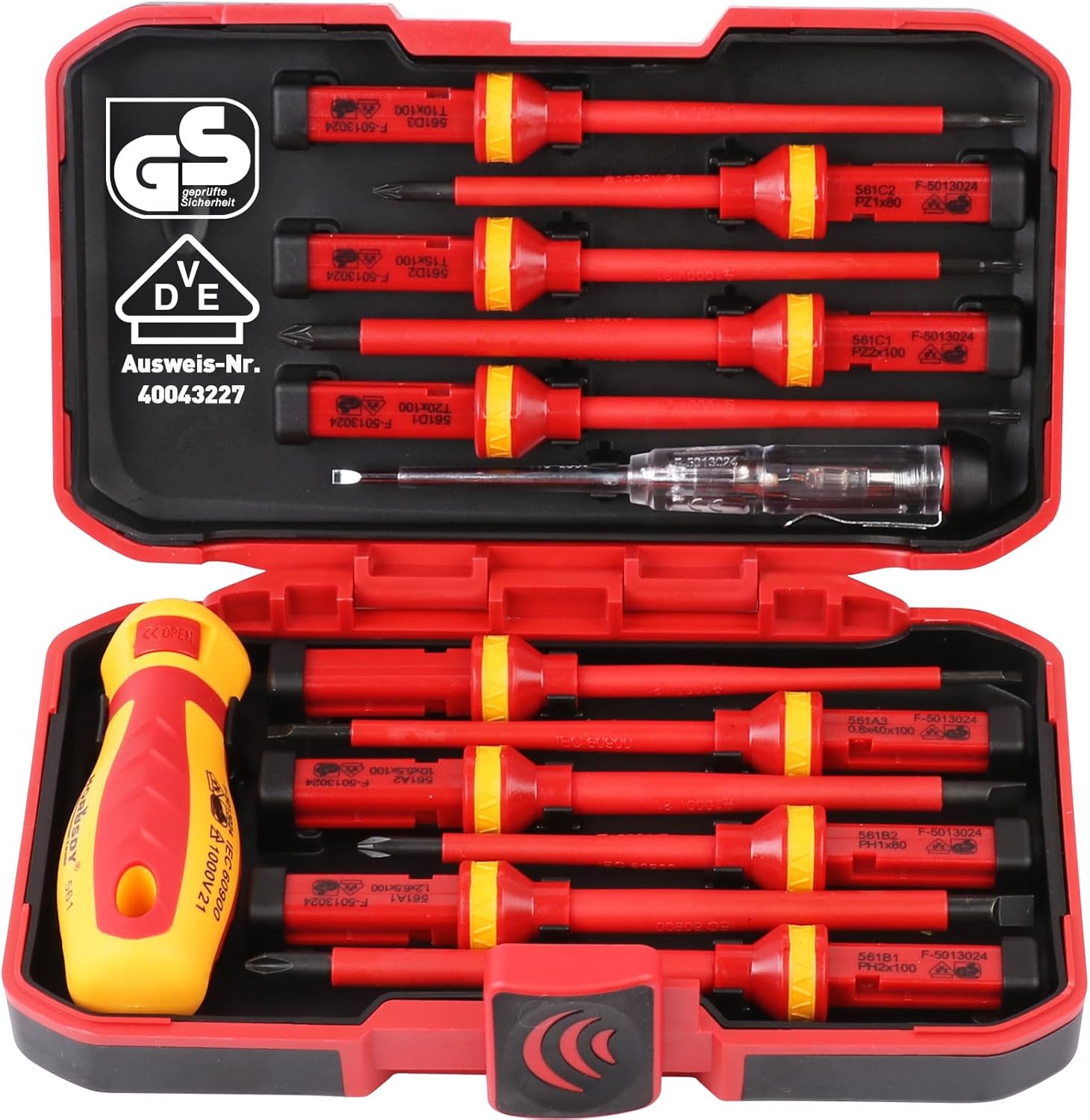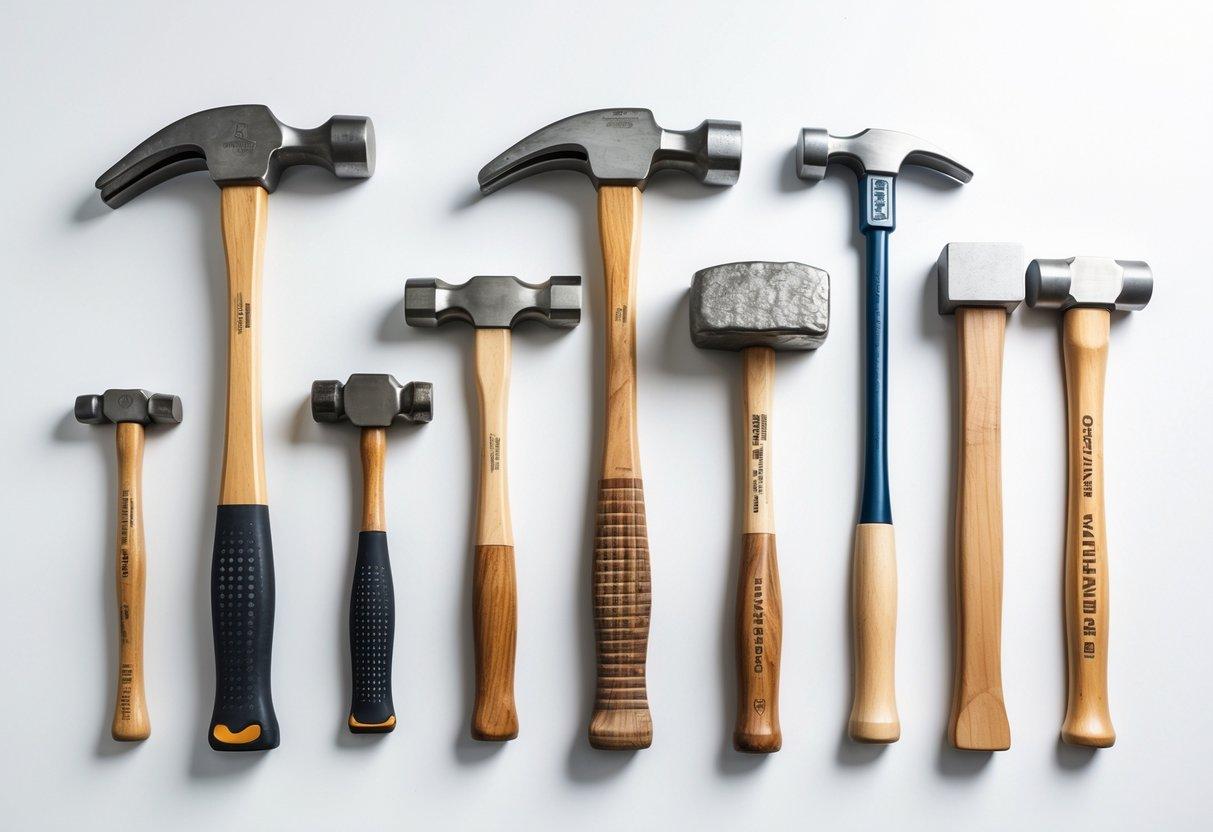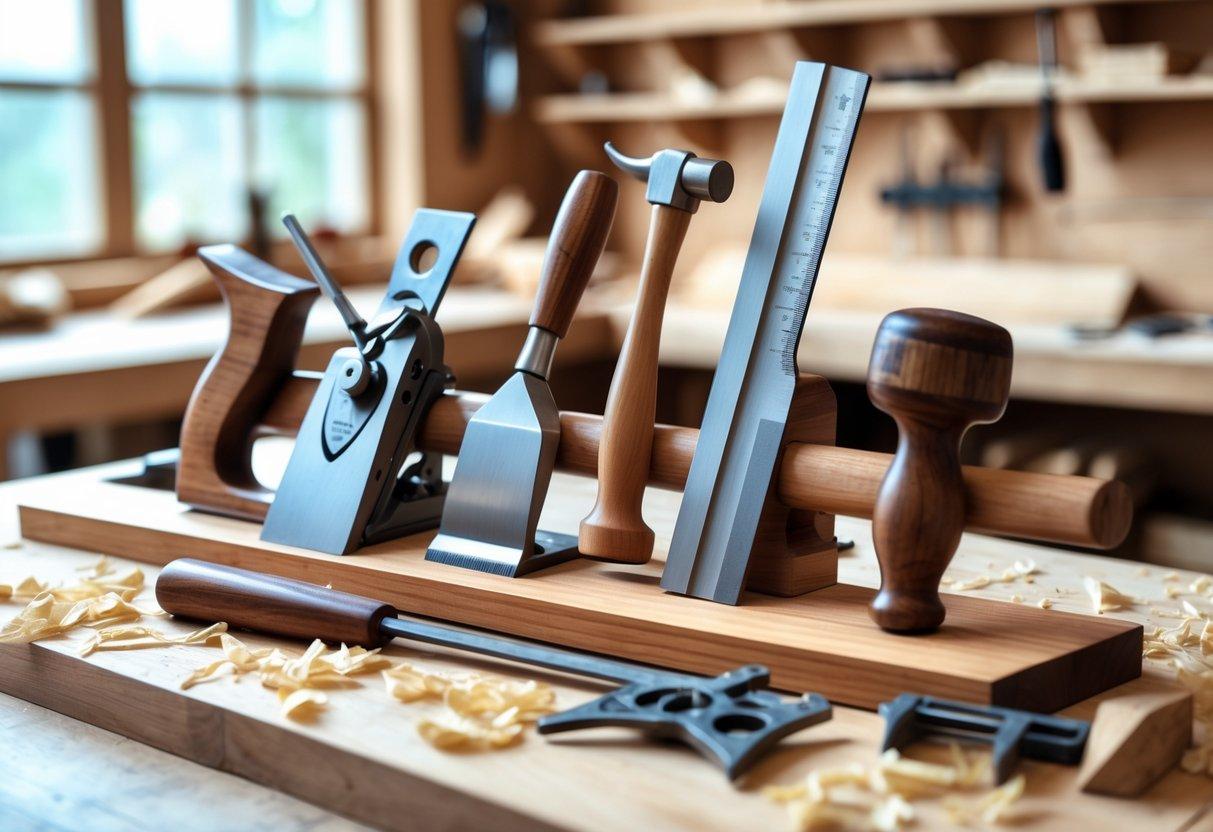
Air compressors use power to deliver air at high pressure, which can be used for driving another operation or fulfilling task. Auto industry professionals rely on this equipment when painting cars; they’re necessary tools in the trade because paint requires consistent streams of pressurized fluid delivered evenly across surfaces without dripping onto unprotected bodywork.
An air compressor for painting cars operates by breaking up paint with pressurized air, and using that pressure to produce a fine mist of liquid droplets. The most common type seen on vehicles are automotive paints which have been turned into particulate form through the power provided from your machine’s nozzle – making them ideal when applying an even coat over all surfaces evenly!
In addition to a consistent flow that ensures an efficient use of paint, the compressor for auto painting is faster and easier than other methods. It enables full coverage — even in difficult-to-reach areas – without needing you have manually check on every surface covered by paints yourself with this technique!
There are several factors that determine what size of job you need to paint your vehicle. For example, if it’s an entire car or truck then there may be different requirements than just fixing the scratches on one panel at a time like with touchups and repairs respectively.
What Size Air Compressor Should be Used to Paint a Car?
The answer depends largely upon how big of project needs painting done in addition to whether this would involve full vehicle paints than repairs or touch ups.
The list below will account for some of these more common applications:
Tank Size: Tank size is important for spray painting cars. Smaller tanks will need to be refilled — sometimes several times—in larger jobs such as full-vehicle coating; this can also introduce more variance in pressure and flow, leading to uneven coats (especially with smaller capacities). Tanks over 50 gallon sizes are typically recommended because they allow you paint an entire vehicle without having too many breaks between tank refills while still providing enough volume left at the end so that one pass does not become difficult or impossible.
CFM Rating: It’s important to have the right tools for your paint job, and it all starts with a high-volume low pressure (HVLP) compressor. You’ll need one that delivers close to 20 cubic feet per minute in order achieve an even coat of color throughout and make sure there are no blisters or bubbles showing on any surface!
Air pressure: Pressure is less important in an air compressor for painting cars than CFM. The rated PSI indicates at what point the paint is delivered from its nozzle, but it’s not as necessary to have a high number of pounds per square inch (psi) that can reach up into thousands or even tens-of-thousands! For example many clear coat applications require higher values such as 20/25 CFM.
Horsepower: For auto painting, a 10hp compressor will typically suffice. However, higher horsepower compressors may operate more efficiently, and can be used for other tasks.
Related Article




Leave a Reply